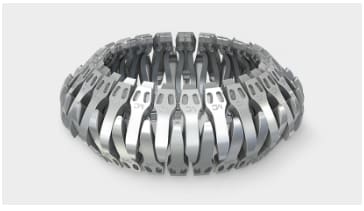QDS2
Mechanical
- Jul 12, 2021
- 1
Good evening.
Per the recent IHS Markit 2021 ASME BPV Code Fact Book there are significant changes coming to the 2021 Ed. of Section VIII, Div. 1 – specifically Mandatory Appendix 47.
“Added new Mandatory Appendix 47 to prescribe minimum competence requirements for performing design activities, as well as qualification and certification requirements for design personnel.”
Additionally, Div. 2 has been revised as well:
“Revised Annex 2-B and 2-J to allow engineers to provide Code services, in addition to Certifying Engineers and Designers. Educational requirements for engineers and Designers, have also been added. These changes aligns the requirements of Appendix 47 of Section VIII, Division 1.”
Questions/concerns:
1. How is “minimum competence” defined?
2. What is the qualification requirement for a designer? (Associate’s, Bachelor’s, etc.)
3. What is the certification requirement for a designer? (accredited training, additional certification beyond qualification, etc.)
I have not been able to find information regarding these additions/changes. Any clarification is appreciated.
Thank you in advance.
Per the recent IHS Markit 2021 ASME BPV Code Fact Book there are significant changes coming to the 2021 Ed. of Section VIII, Div. 1 – specifically Mandatory Appendix 47.
“Added new Mandatory Appendix 47 to prescribe minimum competence requirements for performing design activities, as well as qualification and certification requirements for design personnel.”
Additionally, Div. 2 has been revised as well:
“Revised Annex 2-B and 2-J to allow engineers to provide Code services, in addition to Certifying Engineers and Designers. Educational requirements for engineers and Designers, have also been added. These changes aligns the requirements of Appendix 47 of Section VIII, Division 1.”
Questions/concerns:
1. How is “minimum competence” defined?
2. What is the qualification requirement for a designer? (Associate’s, Bachelor’s, etc.)
3. What is the certification requirement for a designer? (accredited training, additional certification beyond qualification, etc.)
I have not been able to find information regarding these additions/changes. Any clarification is appreciated.
Thank you in advance.




